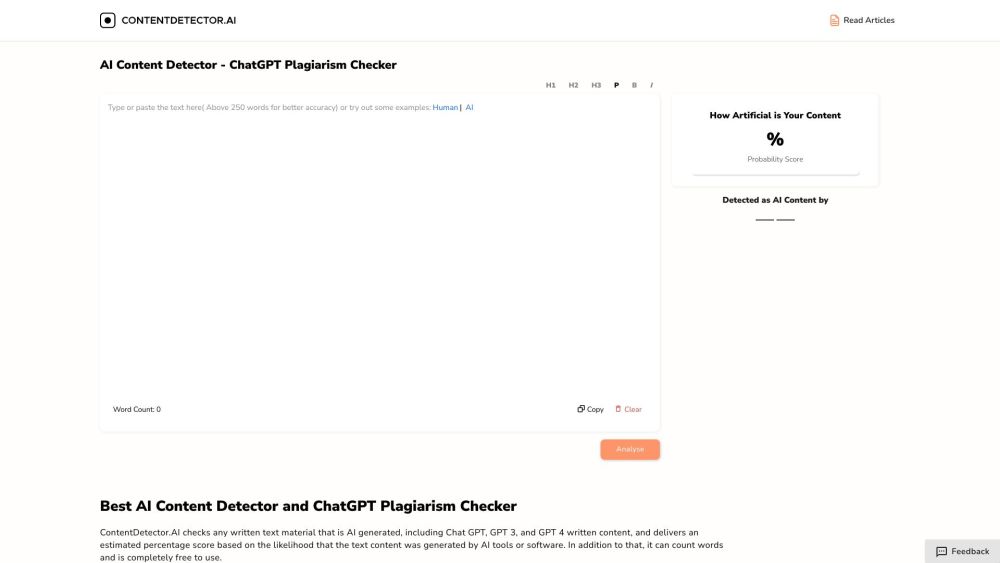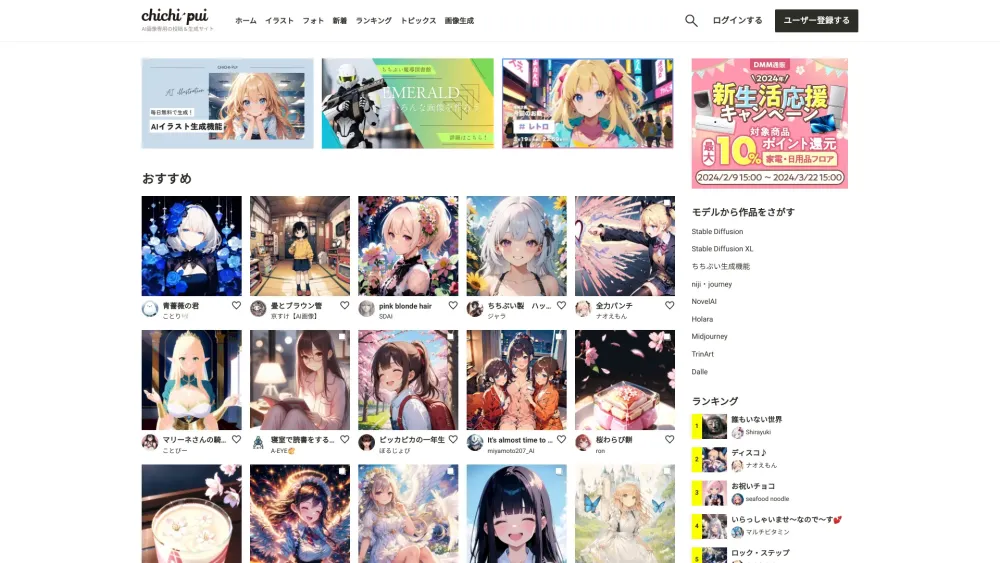Can Generative AI Replace the Need for a Social Graph?
Bigfoot, a California-based startup focused on discovering local experiences, is exploring this question. Recently, the company launched an AI chatbot named Littlefoot, designed to enhance the personalized experience of its weekend planner website. By integrating this conversational interface, Bigfoot aims to simplify how users find engaging activities in their neighborhoods.
Co-founder Alex Ward explains the vision: the goal is to create an experience akin to chatting with a “knowledgeable friend.”
The Littlefoot feature allows users to interact with a curated collection of local events, activity spots, and nightlife options through a seamless text dialogue. This enables users to prompt the AI for tailored recommendations, whether it’s a scenic hike followed by a BBQ or a cultural tour of art museums combined with a painting class and wine tasting. Bigfoot’s mission is to streamline local leisure planning, taking the hassle out of arranging weekend activities.
While similar experiences are offered by established platforms like Airbnb, Bigfoot sees a unique opportunity to develop a brand focused specifically on weekend leisure activities, distinguishing itself from travel-oriented services such as GetYourGuide.
Launched in late 2022, Bigfoot has secured early-stage funding from angel investors and VCs. The startup boasts a vast supply run of over 120,000 local events, restaurants, nightlife, and outdoor activities across 160 cities, organized through a category-specific search option on its website.
Littlefoot harnesses large language models (LLMs) powered by technology from Anthropic, OpenAI, and Perplexity, enabling users to discover exciting local activities. Ward, a former Airbnb employee, notes that this AI interface represents a relaunch of their product. Initial user engagement peaked at approximately 30,000 monthly users after an aggressive marketing campaign in New York.
To realize their ambitious vision of becoming a trusted local discovery platform for small businesses, Bigfoot aims to attract seed funding. Much depends on Littlefoot winning over users seeking dynamic weekend plans. Earlier marketing strategies had shown promising results, with 40% month-over-month growth, indicating strong interest in their offering. Feedback from early alpha testers highlighted a desire for a more interactive experience, enabling users to engage naturally with Littlefoot.
However, competition for consumer attention is intense, especially from general-purpose chatbots and AI search engines like ChatGPT and Perplexity’s AI. These tools can readily generate weekend activity plans for popular cities, often yielding generic tourist recommendations. Bigfoot aims to differentiate itself by offering more personalized and contextually relevant suggestions through a blend of generative AI and over 50 carefully curated data sources.
According to Ward, the supply for their recommendations draws from diverse content, ranging from mainstream APIs like Google Maps to niche sources such as specialized hiking blogs. This combination aims to ensure that Littlefoot provides unique and intriguing recommendations instead of bland suggestions.
In addition to curated local knowledge, Ward emphasizes that the integration of mainstream LLMs supports the chatbot’s conversational capabilities.
“We utilize over 50 trusted sources globally for our supply. Perplexity aids in enhancing our offerings, connected via their API,” he explained. “A significant amount of local insights resides within platforms like Google Maps, where users save their favorite spots. We continue refining our curated supply to improve our recommendations.”
The future vision includes features that connect users’ Google Maps profiles, allowing them to save pins and create personalized collections of activities. Additionally, by integrating Spotify, Bigfoot aims to enhance music-related recommendations, tailoring suggestions for concerts or local music events. Users will even have the capability to turn Apple Notes or Google Maps into cohesive collections of activities.
Bigfoot intends to elevate the user experience by incorporating visuals that accompany recommended events—showcasing images and TikTok videos to create a more engaging presentation compared to lists generated by general-purpose tools, which may be less visually appealing.
Nonetheless, some general-purpose AI tools, like Perplexity, do provide visual components and source links, making them appealing as well. The competitive landscape indicates that Bigfoot faces challenges in carving out its niche, especially given the inherent user loyalty to existing platforms.
During comparative tests, Littlefoot provided some unconventional suggestions that stood apart from typical tourist destinations. For instance, while ChatGPT recommended well-known sites in Barcelona, Littlefoot offered unique experiences like a hike at Parc del Mirador del Poble-Sec and an alternative modernista tour.
However, the extent to which users will favor these nuanced suggestions remains uncertain, particularly if they already rely on trusted sources for their weekend plans. During trials, the AI did falter occasionally, providing misleading or irrelevant recommendations, such as suggesting “indoor go-karting” in the context of outdoor activities.
Each recommendation features a “make my day” button, prompting the AI to expand a chosen idea into a fuller weekend itinerary, complete with images and maps. Yet, the logic behind this transformation remains somewhat unclear, and users can customize their plans by swapping suggestions with ease.
Overall, the interface currently exhibits minor usability issues characteristic of a minimum viable product (MVP), requiring refinement in presentation and navigation. While the chatbot interaction is notably engaging, other components need polish to enhance the overall user experience.
If Bigfoot can address these challenges and boost functionality, finding a balance between inspiring visuals and usability, they may carve out a significant market presence. However, habituation to more familiar platforms poses an ongoing challenge.
Ward acknowledges a common misconception among new local discovery apps—the expectation that users will actively contribute to generating supply. “People primarily seek curated, outstanding activities,” he states, emphasizing the effort required to provide a robust supply to address the initial engagement dilemma.
With a lean team of six, Bigfoot is poised to continue refining functionality and enhancing personalization. Ideas include allowing users to upload their own notes and map pins and potentially creating a version of Littlefoot for group chats on platforms like WhatsApp. However, to sustain their momentum, they will need to secure additional funding.
“We’re currently in discussions for seed funding and looking for partners who share our vision,” concludes Ward. “Building a remarkable platform is our mission, and we seek aligned partners to help achieve that vision.”
This report has been updated for accuracy regarding the total number of events and activities Bigfoot offers.




